Salmon is delicious and versatile, but what do you do with the skin? Do you remove it or cut it away before baking or leave it on?
There are many different opinions about how to handle the skin when baking. Here’s what we recommend when cooking salmon with this method!
Reasons to Leave the Salmon Skin on While Baking
Leaving the salmon skin on whilst baking the fish is a good idea because it keeps the salmon fillet in one piece, especially if your fillet or steak is on the thin side.
It also helps retain moisture which means that your baked salmon will be moist and tender. If you take off the skin then there’s no way of keeping the flesh together as well as retaining its shape. This can make for an unevenly cooked product.
If you’re going to bake the salmon whole, leaving the skin on makes sure that all sides get equal exposure to heat so they cook evenly.
The same goes if you’re using a grill pan to broil the fish at the end of the baking time – by not removing the skin from the side facing up towards the fire, you ensure even heating across the entire surface area.
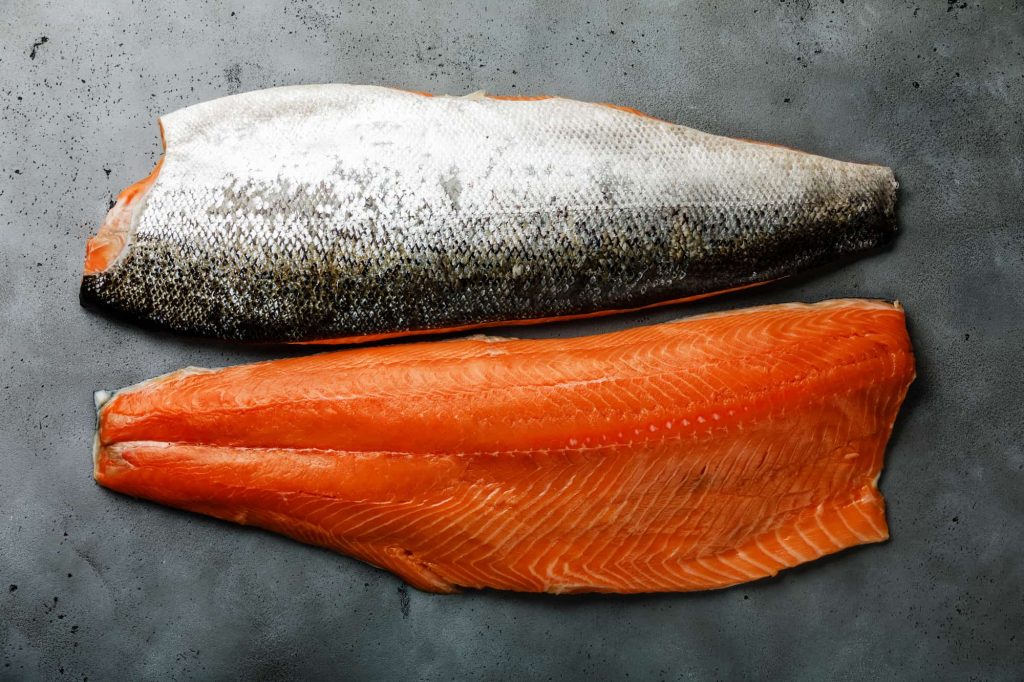
While the skin is left on during cooking, It will provide a protective barrier to prevent overcooking and it helps seal in moisture. This means that the fish won’t dry out as easily when you cook it at high heat or for a long time – perfect if you’re trying to impress your dinner guests!
Another reason to leave salmon skin on when baking the fish is that It is easier to remove the skin after cooking than prior.
Removing skin from raw, uncooked salmon is trickier and also much messier. You’ll also need to pull away the thin layer of membrane without tearing any of the meat underneath. This is tricky, unless you’ve had practice working with raw fish.
Once removed, discard the skin – it’s not good for eating if it’s been baked, because it will be soft-textured and may also still have the scales on it.
I ought to mention that you should remove the skin when the salmon is still warm, if you’re not eating it immediately (for example, for a cold cooked salad). Once the salmon has cooled down, it becomes harder to work around the edges of the skin and remove it.
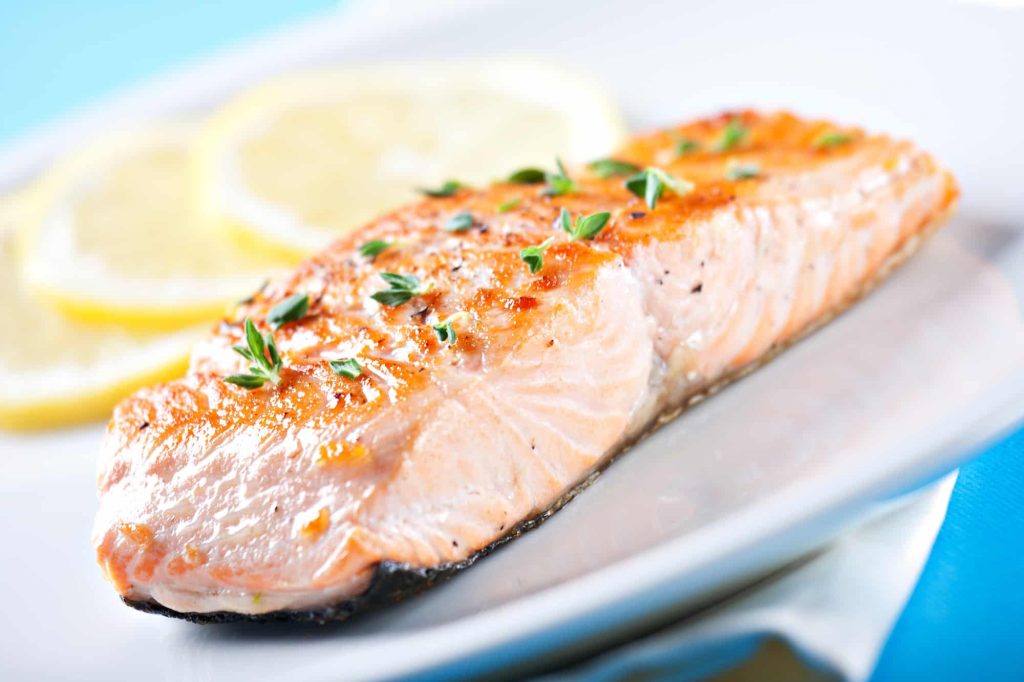
There are two ways to remove the skin from salmon:
You could either use a sharp knife – move the blade away from you, as close to the skin as you can. Alternatively, simply run a thin-bladed vegetable peeler along the length of the salmon. Both methods work equally well.
However, if you choose to go this route, remember to keep hold of the tail end of the salmon as you slice towards the head (on a whole fillet).
Reasons to Remove Salmon Skin Before Baking
Sometimes (and I’ve done this), you forget to remove the salmon skin after cooking. You plate it up and then think, ah…
Baked salmon skin isn’t crispy… it’s not good. The skin can be quite tough and chewy – especially if it’s baked for long periods of time!
If you’re having a dinner party or similar, you’re going to have to remind your guests NOT to eat the baked salmon skin (unless they really want it), which, in my opinion, is a bit of an inconvenience.
One good reason NOT to leave the skin on whilst baking is that the skin will prevent marinades and seasonings from penetrating the flesh which means you’ll miss out on some great flavors too.

Another reason is that the flesh tastes much better once the skin is removed from the fish. The salmon’s actual flesh will taste fresher without being overpowered by the taste of its skin. You can cook with more seasonings and sauces using this method, instead of having to play it safe knowing that you have salmon skin still on top.
Finally, leaving the skin on means you might still have to deal with unpleasant things like scales and bones later down the line. These aren’t pleasant things to clean up so removing them beforehand makes sense. Nobody wants scales in their sauce.
The best reason of all for removing the salmon skin before baking is that you have the option of making crispy salmon skin! To do this, clean the skin (and remove scales). Place the salmon skin flat onto a sheet tray lined with parchment paper. Bake at 200°C/400°F until golden brown or deep fry it. Season and serve.

Note that if you’ve baked the skin, you can’t make it crispy – you can only really do this with raw skin as it has to dry out a little to become crispy, whereas baking it softens it too much.
In my personal opinion? I always leave the skin on before baking because I like a moist fish fillet. But if you want to remove it, I’d suggest doing this once the fish has been cooked through and is still warm. You’ll find that the skin comes away quite easily without any mess.
Overall, there really isn’t one right way to do this. Both options are fine but they both depend on what you want as an end result. So, whichever option works best for you is what matters most, as with most other things in the kitchen!

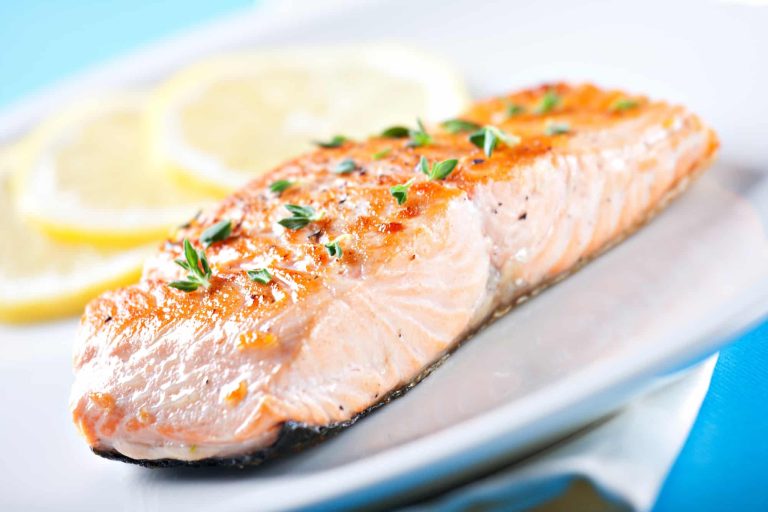



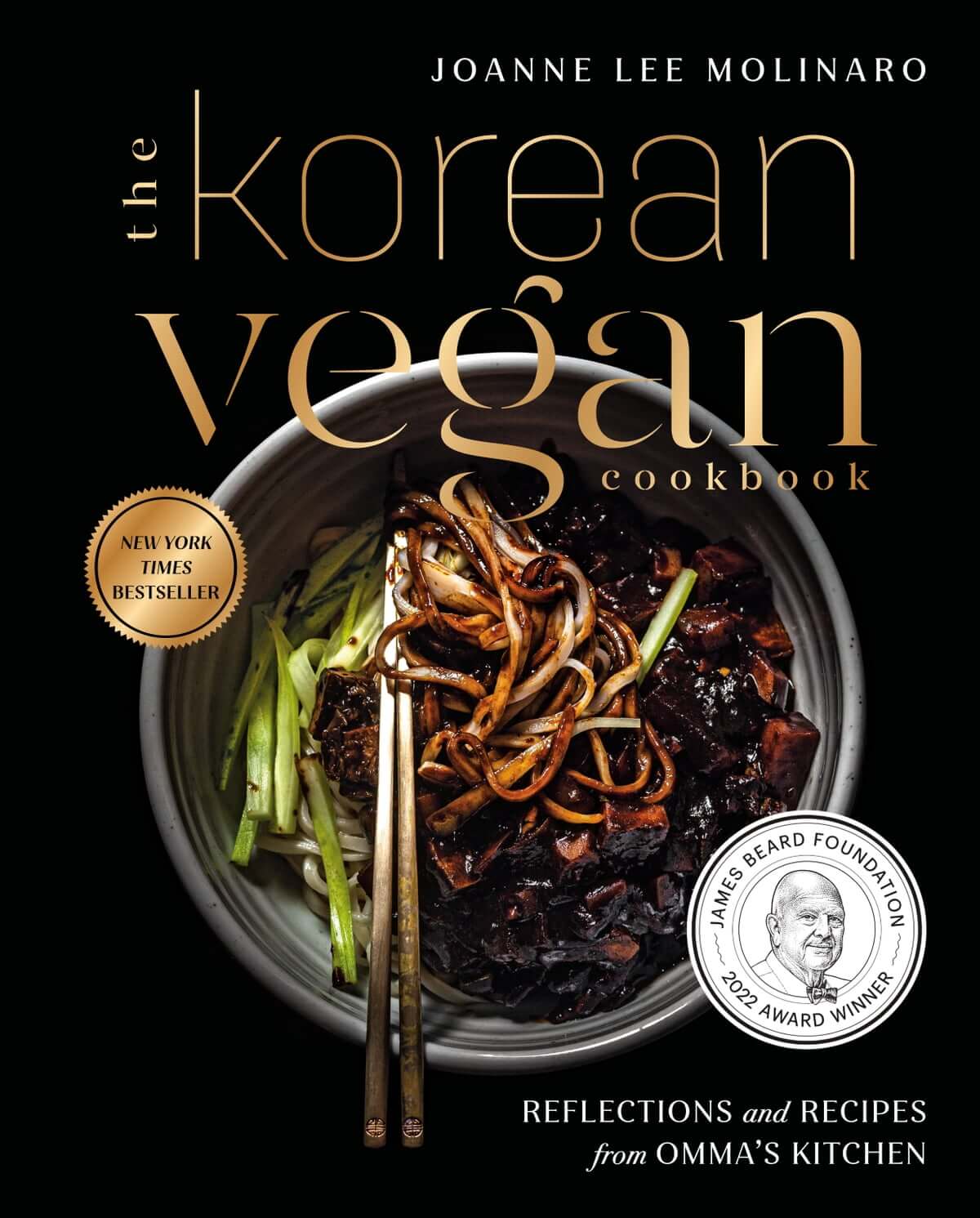



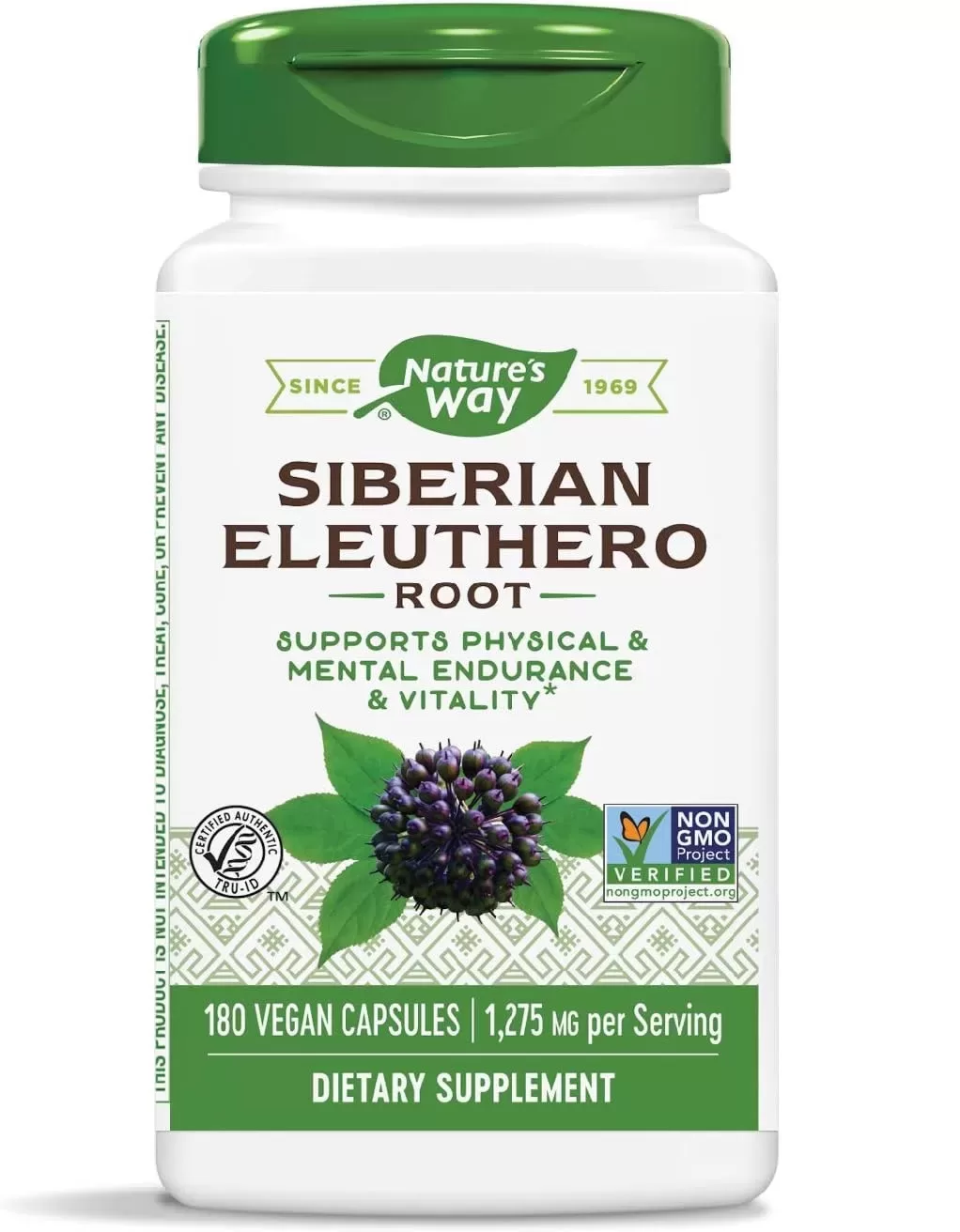


Comments are closed.